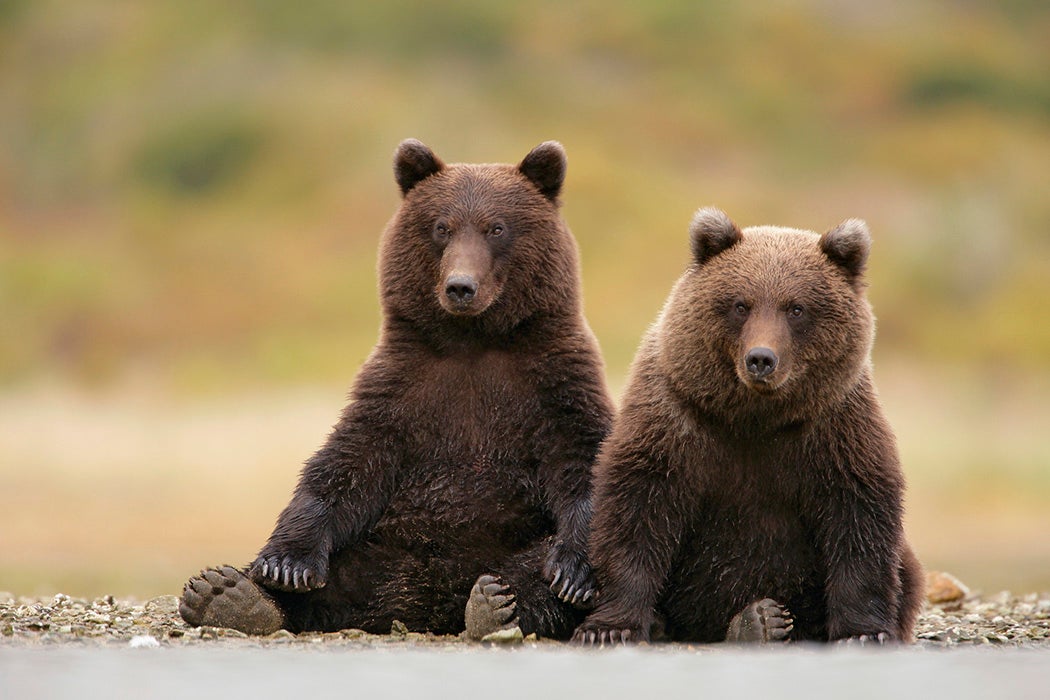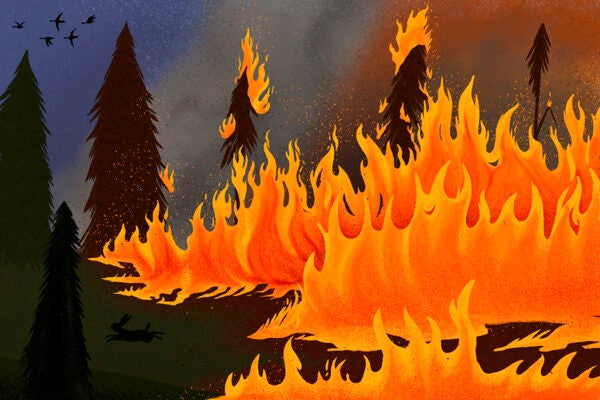Every year on March 23, we celebrate World Bear Day (not to be confused with International Polar Bear Day on February 27). There are eight living species of bear, and every continent has a native bear except Antarctica and Australia (contrary to popular belief, koalas are not bears).
For humans, bears have become symbols of childhood, expressed most potently through the Teddy Bear. Our fondness for bears is unique and perhaps strange, especially since we haven’t domesticated them (yet). The long history of human-bear interactions can be seen in folklore and legends. They symbolize to us a strange mix of danger and safety. They’re the cutest thing we could buy for a child, but the last thing we want to encounter on the hiking trail.
Despite their fierce independence, some bears are also endangered, due to habitat loss and hunting. Bears are exploited for medicine (bear bile is prized, resulting in cruel trafficking and imprisonment), and historically they were trapped for their fur.
Their vulnerability, and charm, has made them the perfect example of what are referred to as “charismatic megafauna”: cute animals we like, which are then used to market environmental and animal rights campaigns. The choice of the panda to symbolize the World Wide Fund For Nature created an iconic image, while pandas themselves are a hit at zoos around the world.
The panda’s general haplessness (they can only eat one type of plant, struggle to mate in captivity, and look like the least threatening thing on Earth) makes them the perfect species to elicit a human “aww…” and translate that emotion to environmental concern. They’re a conservation success story, too: concerted efforts by the Chinese government since the 1960s has seen the wild panda population slowly increasing.
Weekly Newsletter
Things aren’t so rosy for other bears, however. The Spectacled Bear (South America’s only species) doesn’t enjoy many legal protections and its numbers are dwindling—they’re often blamed for livestock loss and hunted. They’re less-known than other bear species, although you’ve seen one in popular culture: Paddington, of the children’s books, is a Spectacled Bear.
We’re finding new ways to use humans’ fondness for bears to raise awareness and fund their support. Katmai National Park runs “Fat Bear Week,” during which people from around the world can vote online for bears (shown in before and after photos as they fatten up for hibernation). The anthropomophization of these bears—they’re given nicknames including Holly, Bear Force One, and 747—makes the whole game funny but also reflects our complicated feelings about our wild bear friends.
You can celebrate World Bear Day by browsing a journal devoted entirely to bears, Ursus, and reading up on all things bear.







